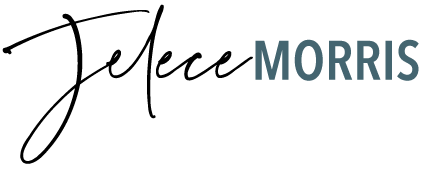Looking for ways to avoid the Rona15 (think Freshman15) and keep your mental sanity – Keep reading!
Many Americans have found themselves working from home over the past few weeks. While this disruptive working environment has essentially changed the way some businesses are now thinking about work, it has completely altered many business models including consulting.
Consulting is a business that survives off of client relationships. Known best for our early Monday morning flights, countless nights in a hotel, and dinner at the swipe of a corporate card, this business lifestyle is not quite the same these days. The one aspect that has not seen a tremendous shift is the workload demand.
What once was considered commuting time, team dinners or extended coffee breaks to catch up with coworkers has now been infiltrated with more time for work. After a few weeks of working at home as a consultant, I have five best practices that I have instituted to make the experience more enjoyable that do not involve lighting and sound recommendations.
Set new working norms with your team
The conditions our teams had been used to working under were severely altered by lack of travel, new demands from kids and partners, doorbell rings, and the reality of the countless projects we have yet to complete at home. Taking the time to discuss important factors like response time to emails, true availability throughout the day taking into account time for eating and self-care, and setting up new work protocols around the use of video can minimize expectations not being met. After some heavy suggesting, my manager facilitated the discussion on new working norms and added them to a central document that we can all access.

Walk during your phone meeting
My Fitbit average has been 4,000 steps a day since quarantine life started. This is significantly less than the 10,000+ steps I’m used to getting in each day. In an effort to keep myself moving I walk during meetings that are more conversational or where I am just listening in. I walk down the stairs, from one room to another, and repeat for most of the duration of the meeting.
Do not stock pile food at your desk
Do not gain the Rona15 by stockpiling food or drinks at your desk. Instead, limit the amount of food you need to whatever you will eat in the immediate time. This will force you to get up and replenish these items. It is another opportunity to get more steps in. I eat A LOT throughout the day but I keep a lot of nutritious or good-for-you food in the house such as smoothies, grapes, avocado, and popcorn.

Lower your calorie intake
After Week 1 of staying at home, I stepped on the scale and said oh no. Not moving as much has reduced the number of calories my body burns off. In response, I have altered what I eat. I have at least one carb-less meal a day and make either breakfast or lunch my heaviest meal of the day. This has also been a game-changer in reducing the itis/getting sleepy after meals.
Please note: I said lower your caloric intake, not make them vanish. The guidelines for daily calorie intake apply when you are regularly physically active. If you are still getting the same level of movement and workout in as usual then proceed as normal.
Use an app or timer to track how long you work
Most Type A people have been struggling to find that stopping time to not work all day and all night. I often forget how long I have been sitting because I do not usually keep track of times. Today’s times are requiring me to assert more discipline in reminding myself to get up and move. I use a desktop app called Toggl to track how long I have completed activities to remind myself to move around every so often.
Whatever your best practices are for making your working from home experience more pleasant, stick with it. We are all in the same boat. Have more patience and give more grace. We are all figuring this out together and together we will come out of this stronger and better than before.



